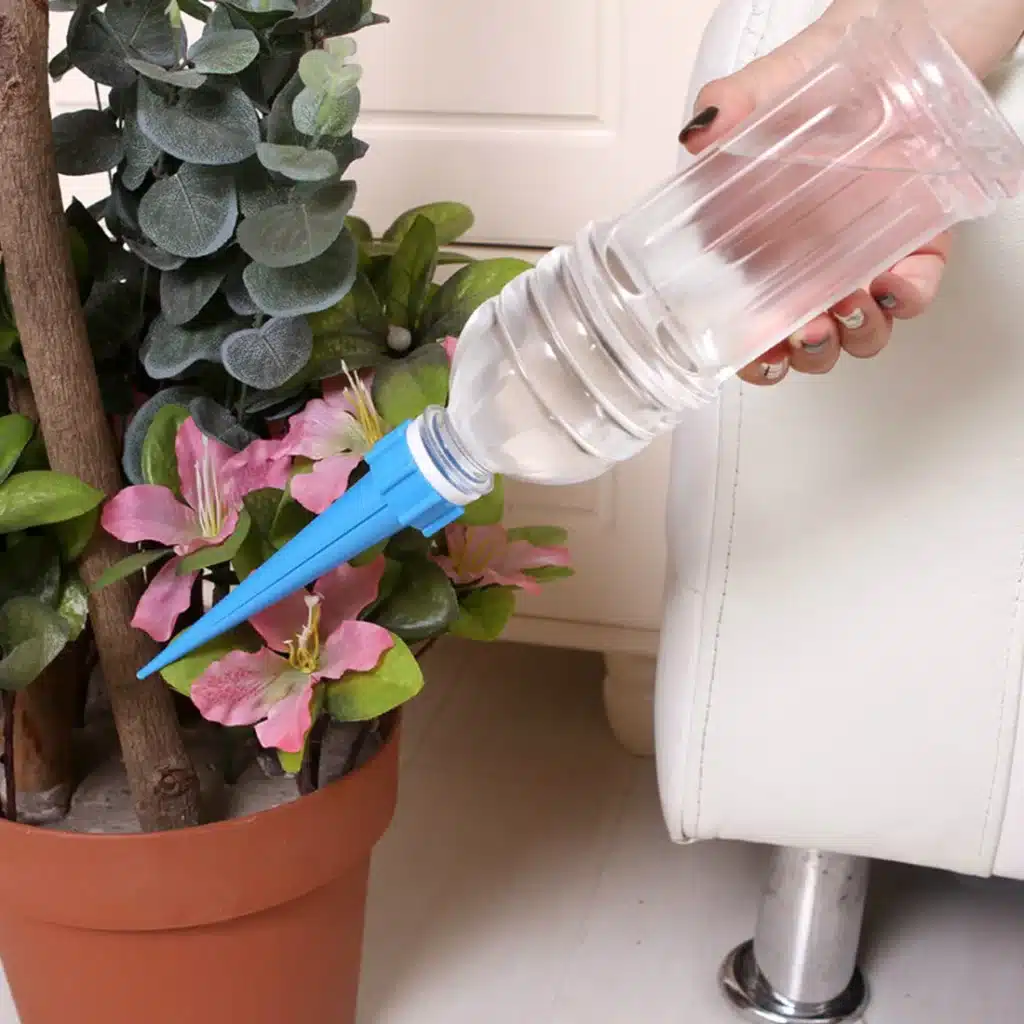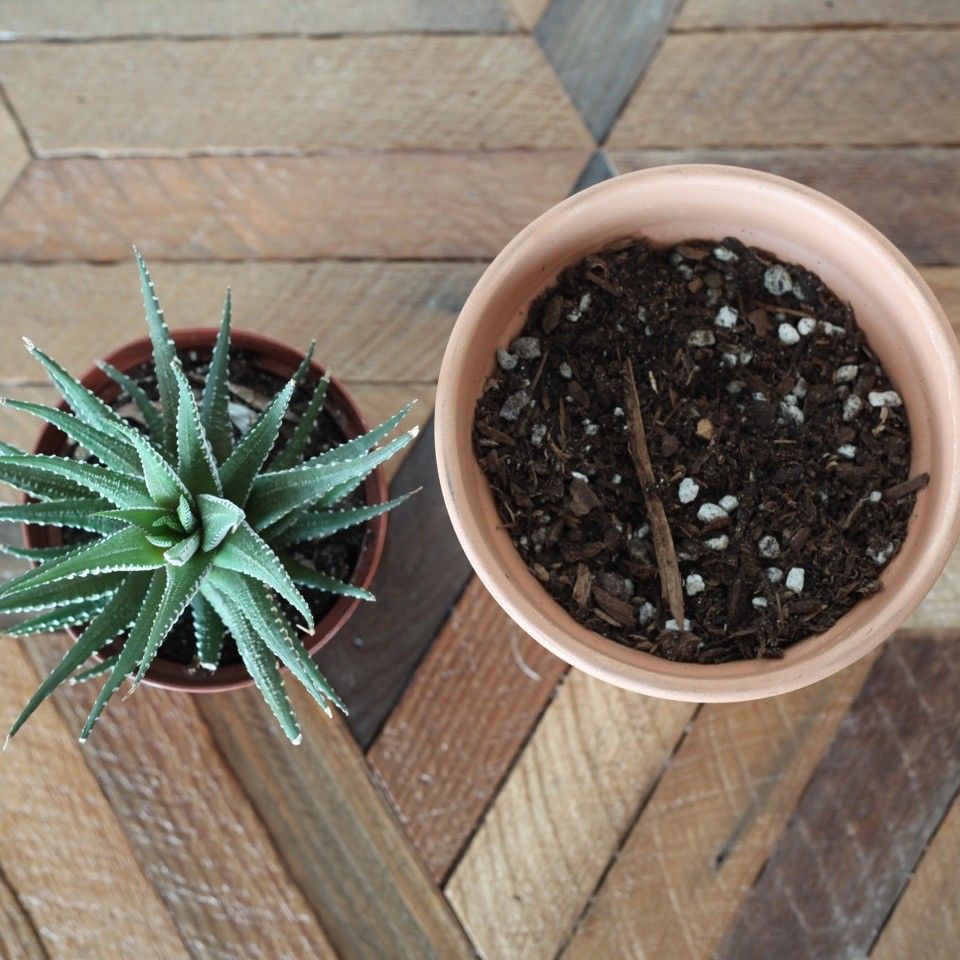Congratulations! Your new leafy friends are finally at your doorstep. You’ve checked them, and they are everything you thought and dreamt they would be, perhaps even more. But now what?
Plants bought online and then shipped to the buyers may go through some stress while in transit. How stressed it’ll be is based on how long it was in transit plus the season.
Luckily, plants are pretty resilient, and with the proper care, you will get them back in shape in no time.
Read also: Best Time to Transplant Plants and How to do it for Outdoor Plants
If you are a first-timer, your first thought may be to repot the plant. While repotting has a lot of benefits, you have to put a pause on that for now. When it’s time to repot it, you can watch this video to learn how to do this.
But for now, you first need to unpack your new baby and feed it.
3 Important Things to Do Once You Get Your Plant
Unpack
The first thing you need to do once you get your package is unpacked. If you are as excited as we think you would be, you probably took a sneak peek once you held it.
But now, you need to take it out of the shipping box and then remove all the packaging around it. You can take a little time to admire your new friend for a while before you move on to stage two.
Watering
It is now time to feed your baby by watering it. We don’t know how long it has been in transit, but chances are it needs a drink, maybe even a lot.
So, get watering. As you do this, ensure you do not go overboard. Only use enough water to get the roots moist.
Placing

Now your baby is out of its box and has been watered; you need to place it somewhere to get used to its new environment.
Where you place it, it should be based on its sunlight requirement. But for now, it will be best to keep it where it can get some sunlight that isn’t extremely direct. Remember that it’s still adjusting to the new environment and isn’t established just yet, so be as careful as possible with it.
How To Care For Your Plant
Now that your plant most likely has gotten acclimated with its new environment, it’s time to care for it and ensure it doesn’t die on you.
If you are new to all these, we want to believe the plant you bought matches your schedule. For instance, a snake plant is an excellent choice for someone with a hectic schedule since it is low-maintenance. Visit https://www.thespruce.com/ to learn more about snake plants.
However, regardless of how low maintenance a plant is, it still needs to be cared for. Below are some tips to always bear in mind when caring for your plant.
Be Careful When Watering
Watering is a very important aspect of caring for a plant. However, when it’s too much, it can cause severe problems. Underwatering plants is far better than overwatering. This is because once a plant is overwatered, its root will almost always be moist, which may lead to it rotting.
Therefore, you don’t necessarily need a watering schedule. Instead, simply water the plant only when needed. How do you know when it has to be watered? Well, it’s pretty simple. All you need to do is put your fingers two inches deep in the soil.
If the soil appears dark, sticks to the fingers you put in it, and feels moist, it means water isn’t needed for now.
It would be best to change how often watering is done in different seasons. During winter, your leafy friend doesn’t need too much water. This is because, in this season, its growth is slower, sunlight isn’t so intense, and there are shorter days.
But in hotter periods, the soil tends to dry out faster. During times like these, more water would be required. Your plant is thirsty when its leaves are wilting, or the soil appears to be pulled off the planter’s sides.
Know When to Repot

As we said in the introduction, repotting is vital. While many people think that repotting is all about placing plants in a new pot, this isn’t necessarily true. Repotting can also just be replacing the potting mix with a fresh one. So, even though your plant hasn’t outgrown its current planter, you can still repot by changing the potting mix if you feel this is needed.
Typically, your plant should be repotted once every 12-18 months based on its growth.
Drainage Is Important
Sometimes, no matter how hard you try not to use too much water when watering, you find yourself doing it regardless. If this is your case, then drainage should be an important aspect you can’t ignore.
The best option would be to get a pot with drainage holes. But if you don’t have this, you can put lava rocks in the planter. This will create crevices where excess water can flow to.
If you get through these and feel your capacity as a plant parent growing, you can choose to get new plants. Just ensure you shop from reliable stores.
You can look at Planted Pot’s collection of product options to know what you can get online.
Conclusion
Taking care of plants may not be easy, but it isn’t too difficult either. When you unpack it, you will automatically begin the journey of caring for it. The first step is understanding important aspects like watering, repotting, and draining.





Leave a Reply